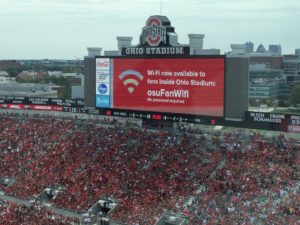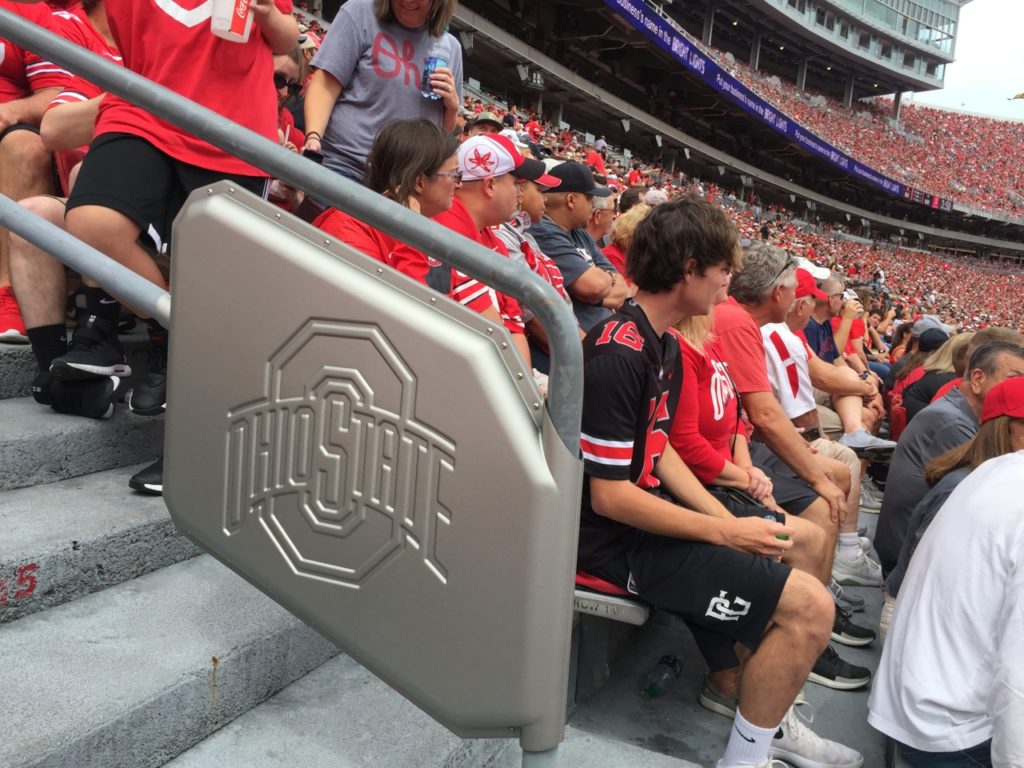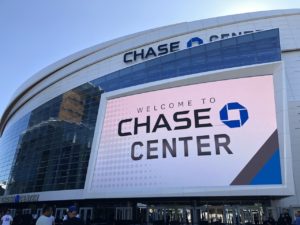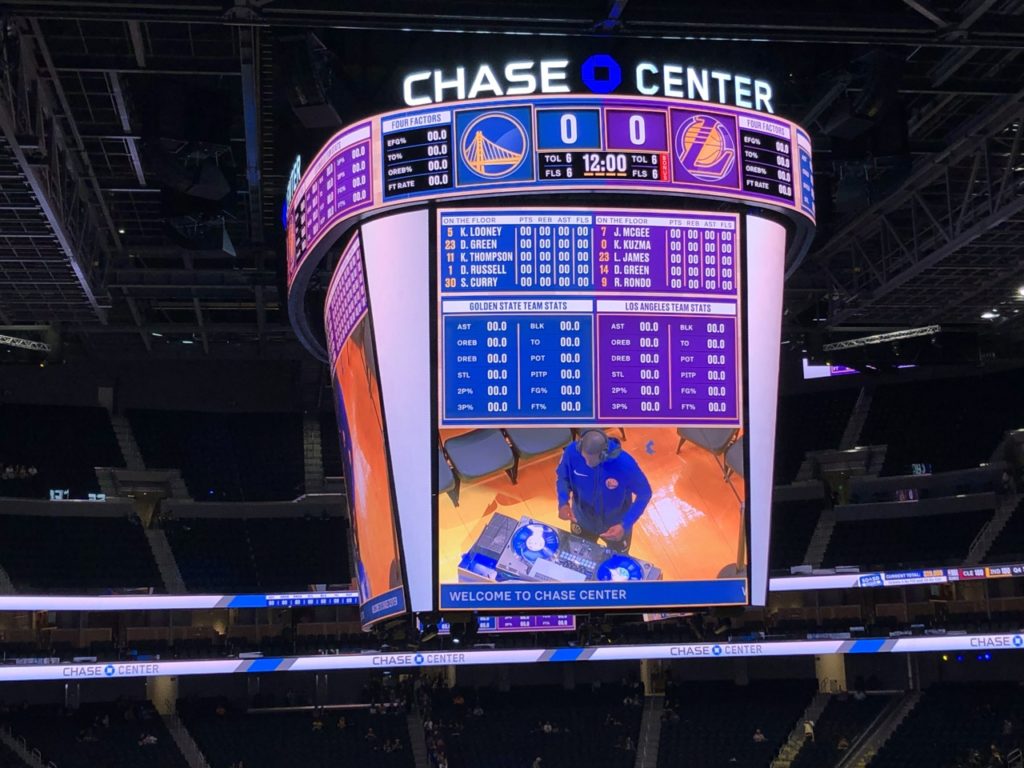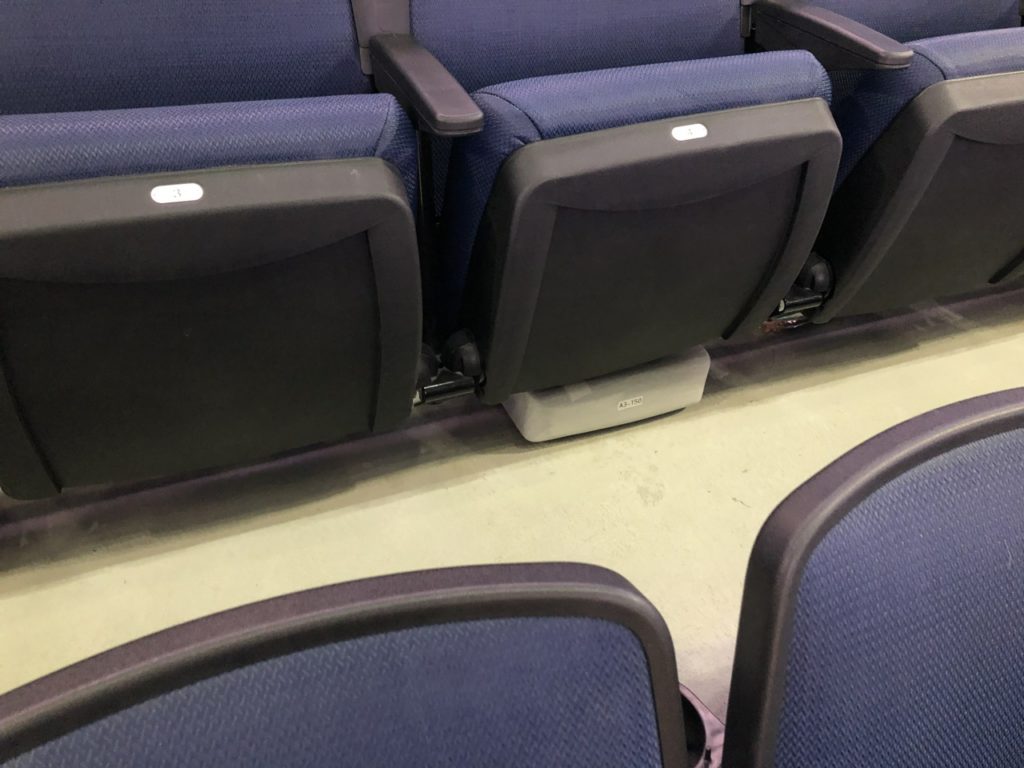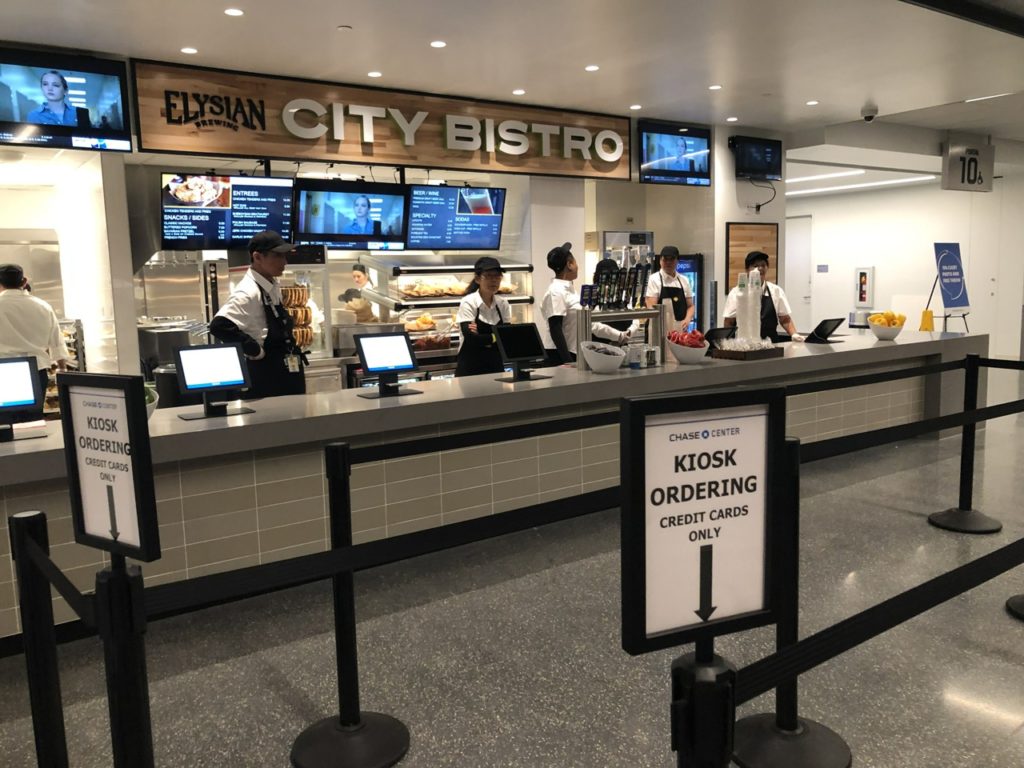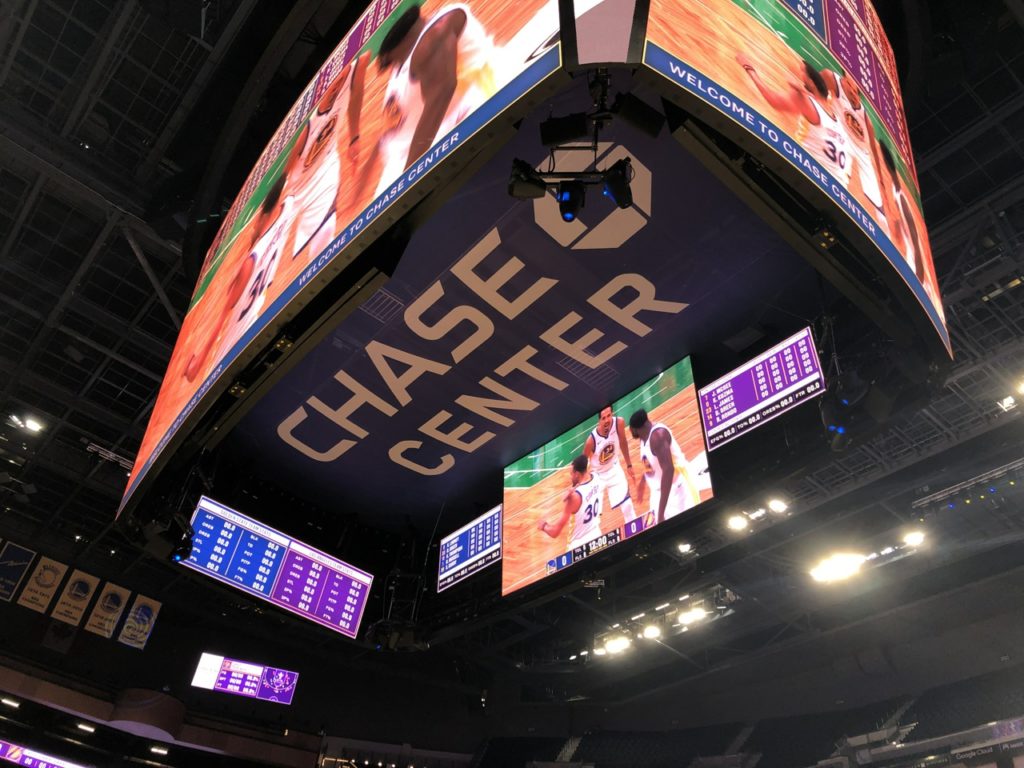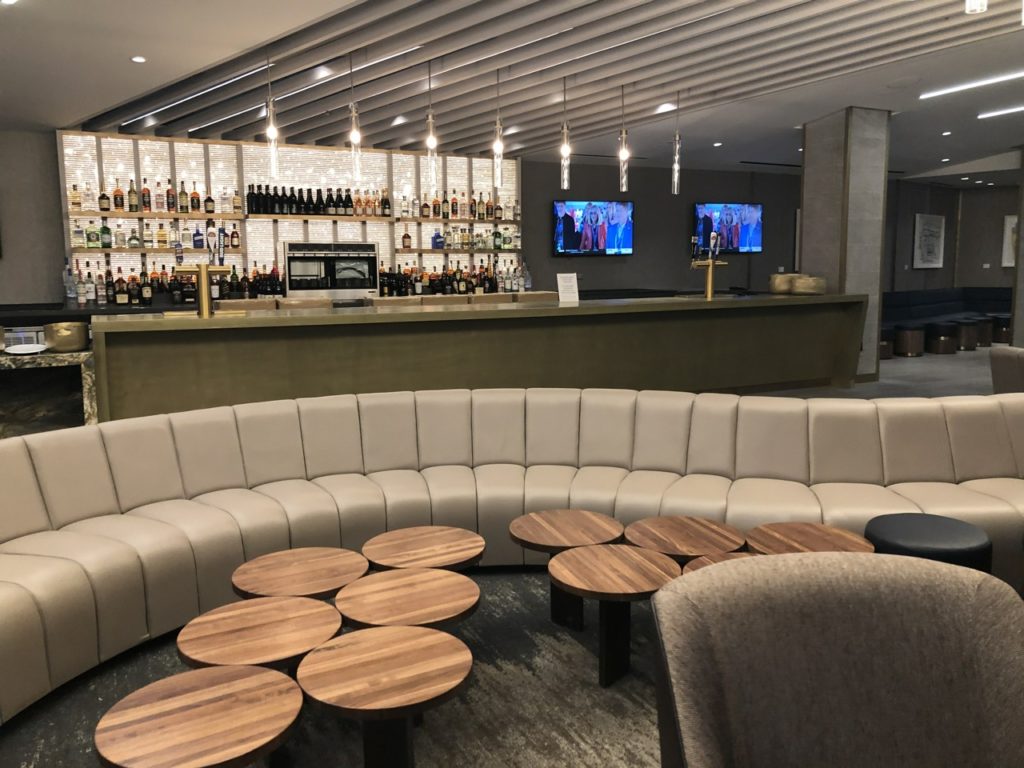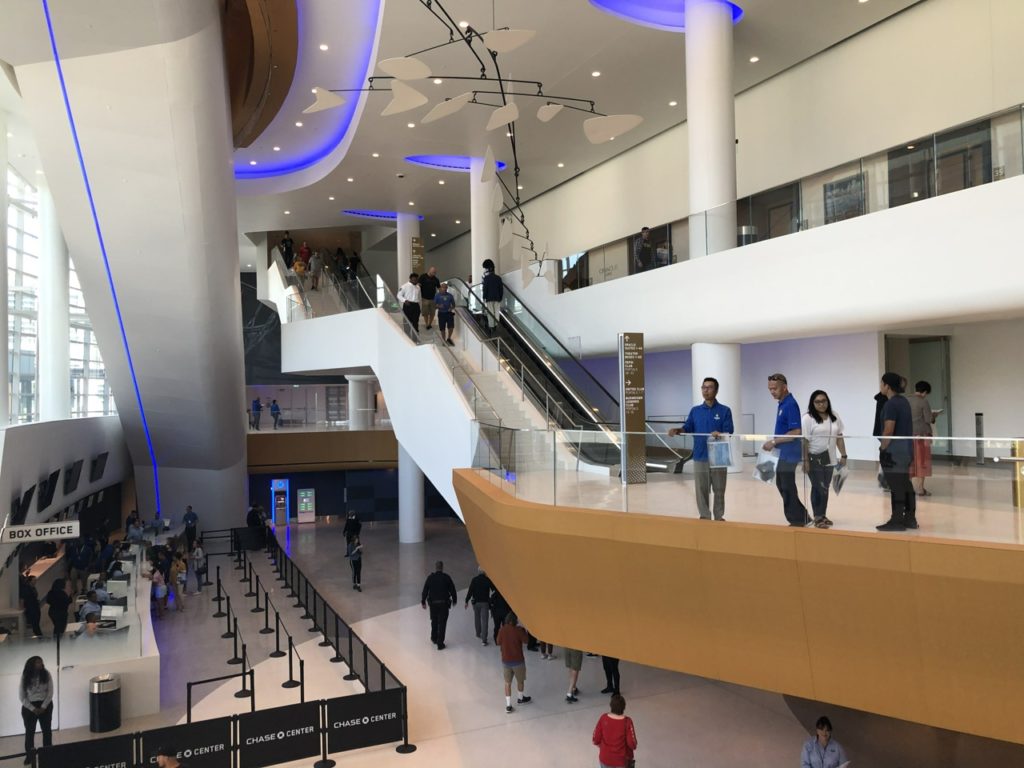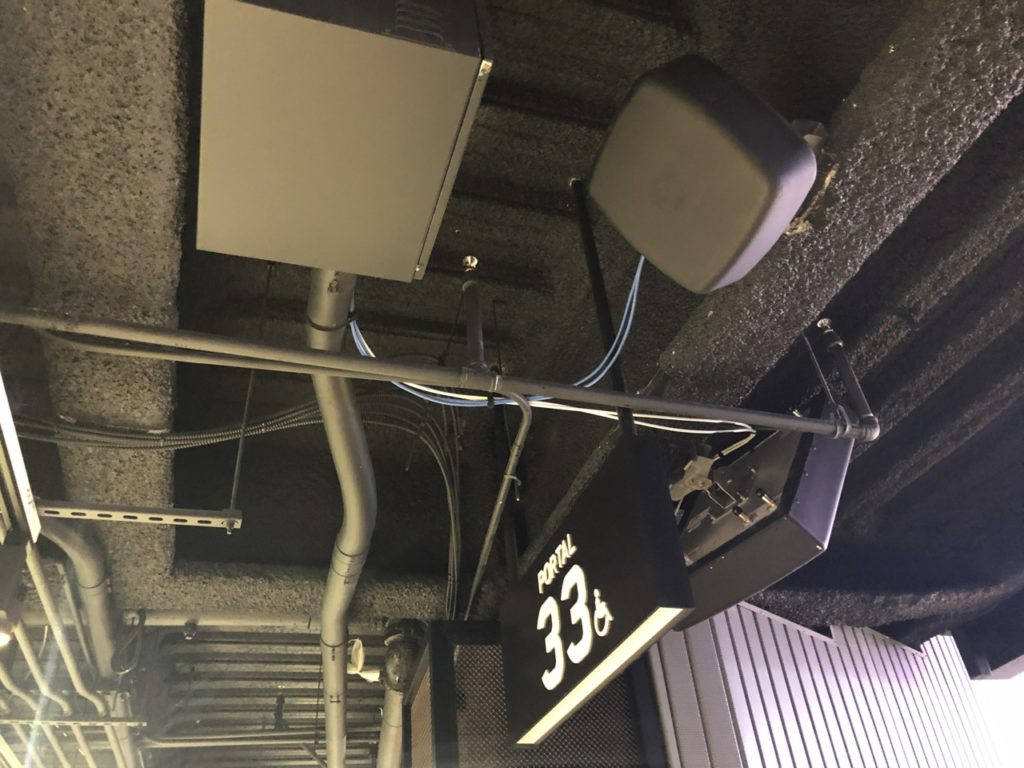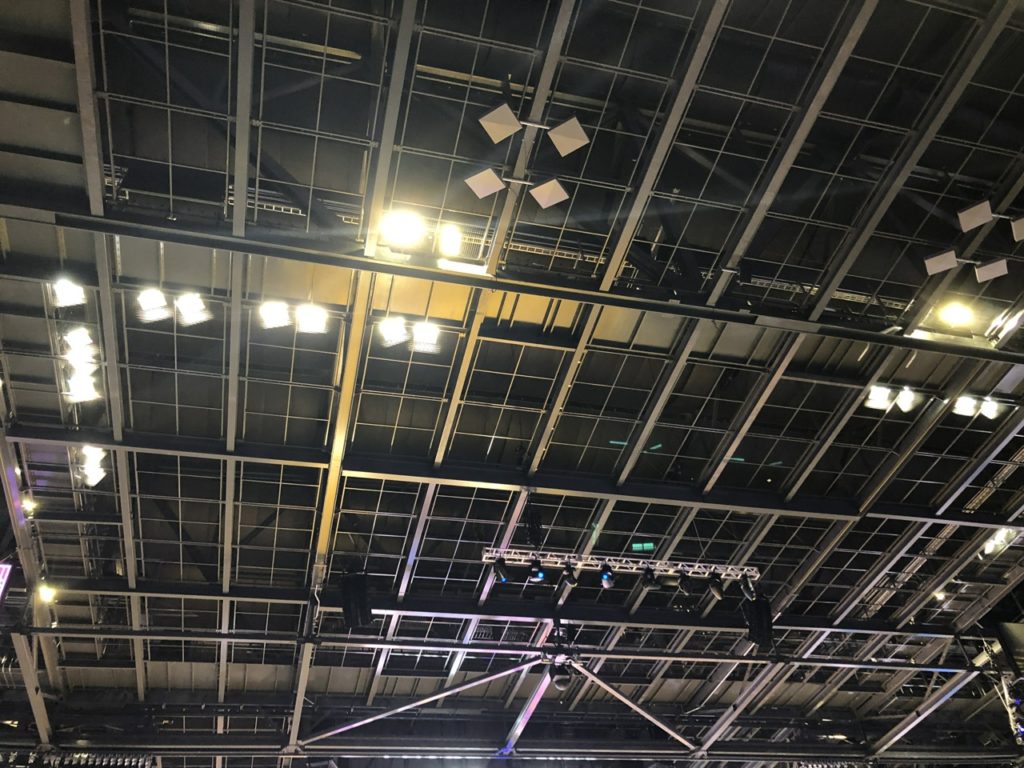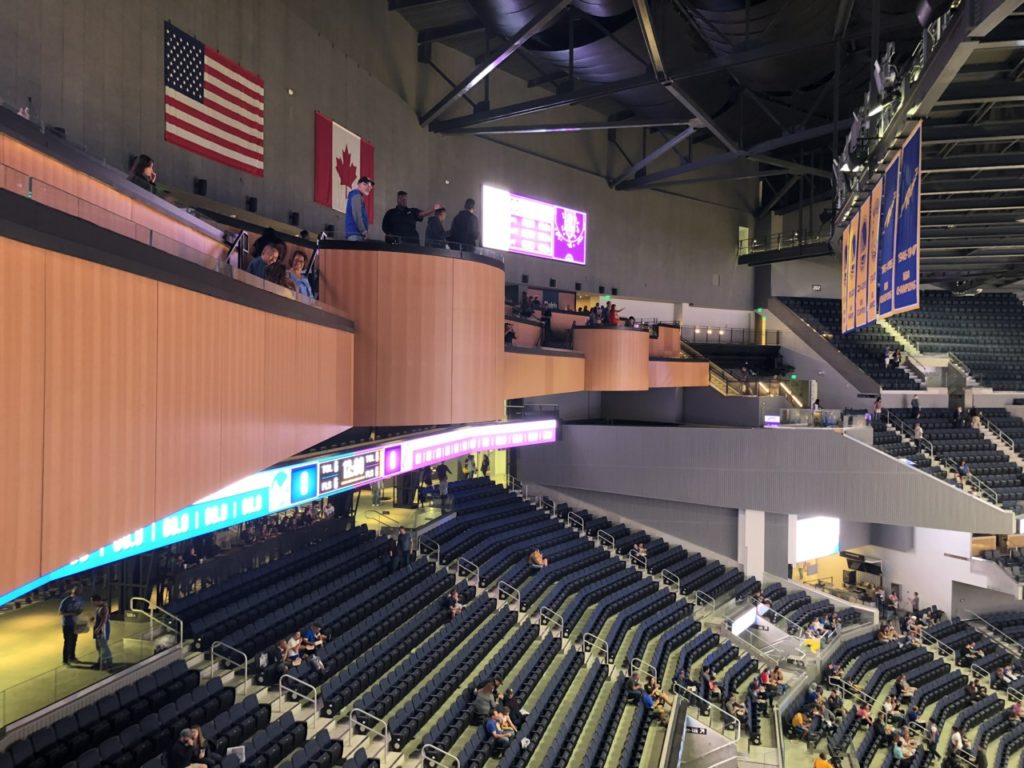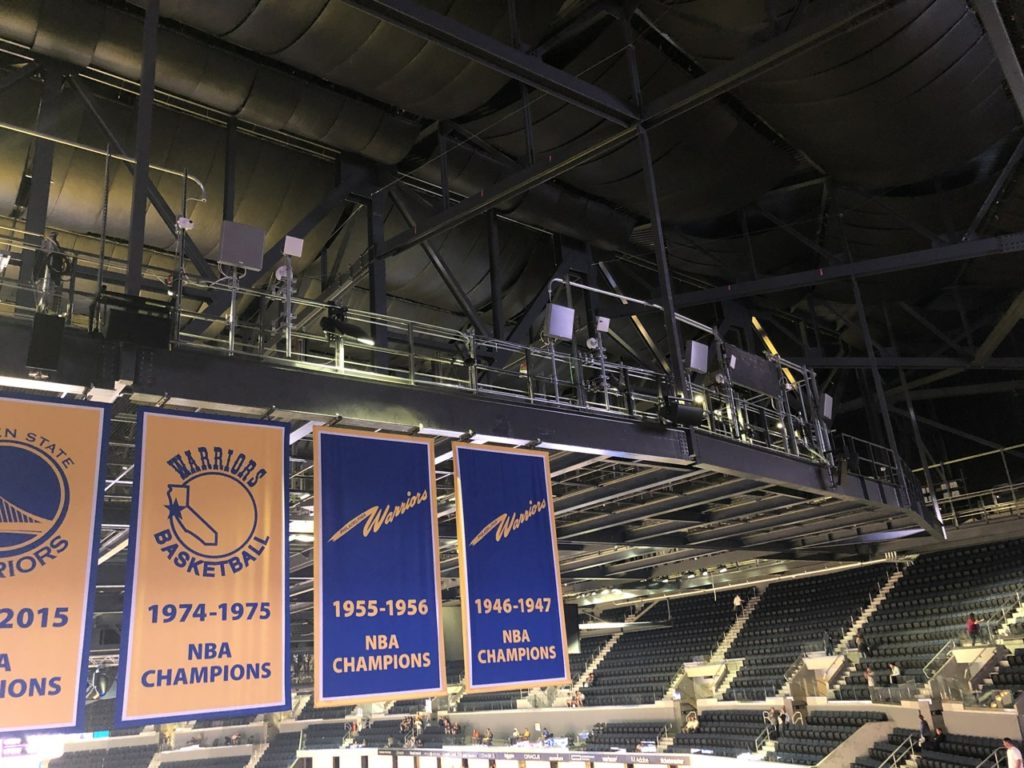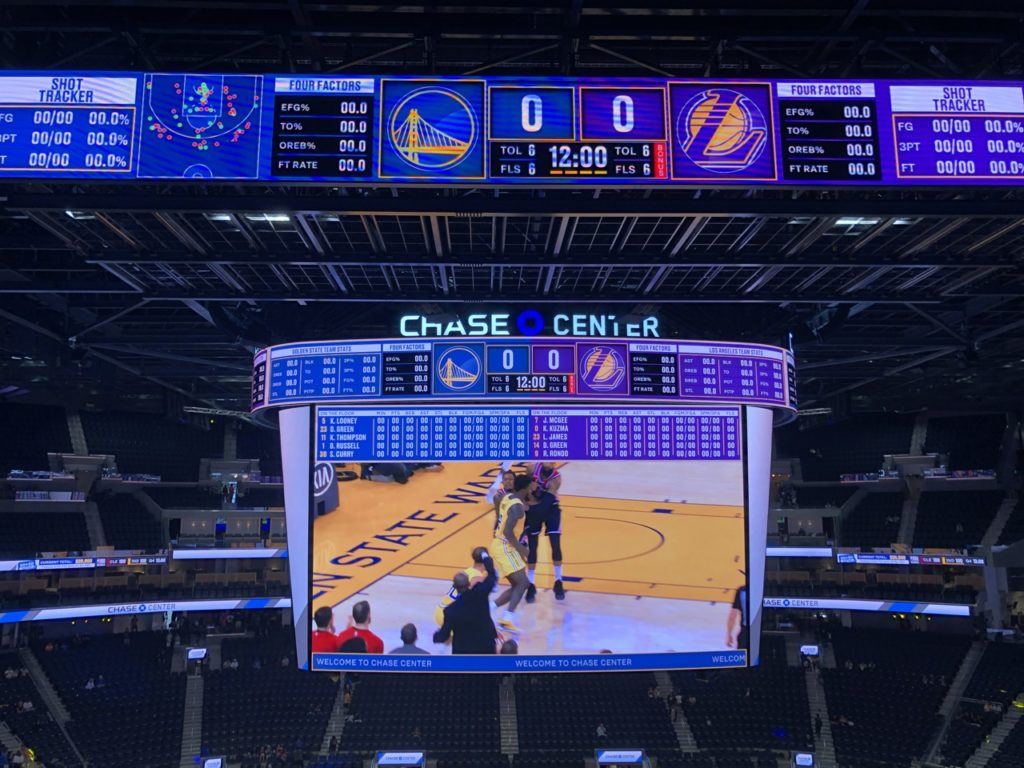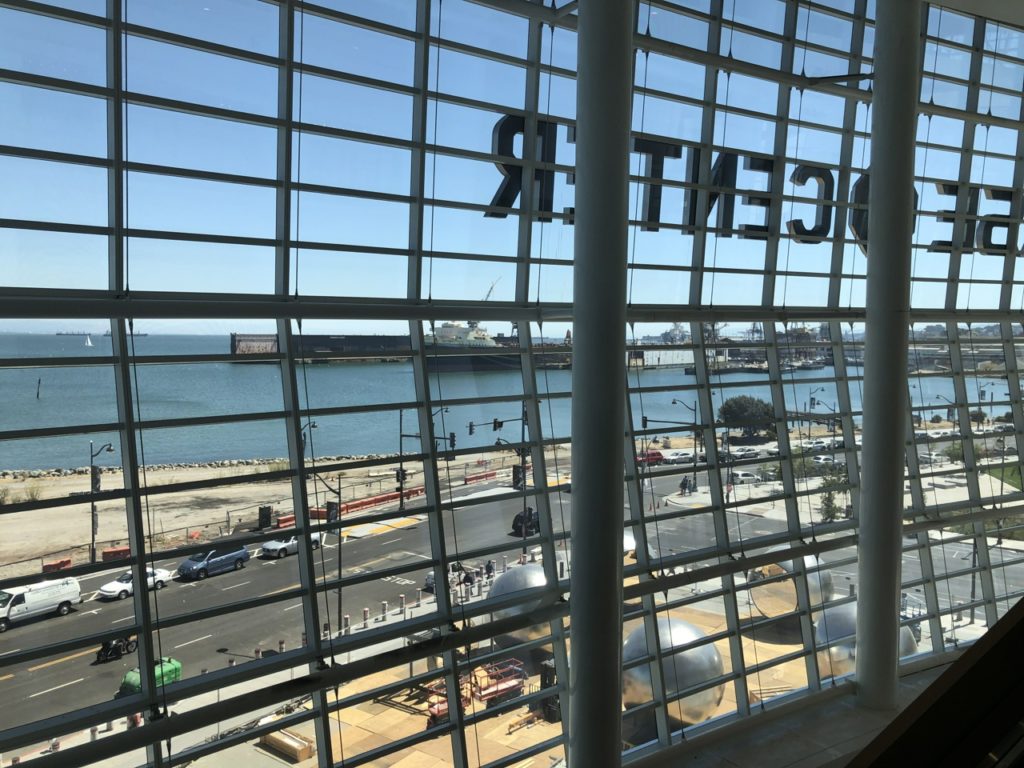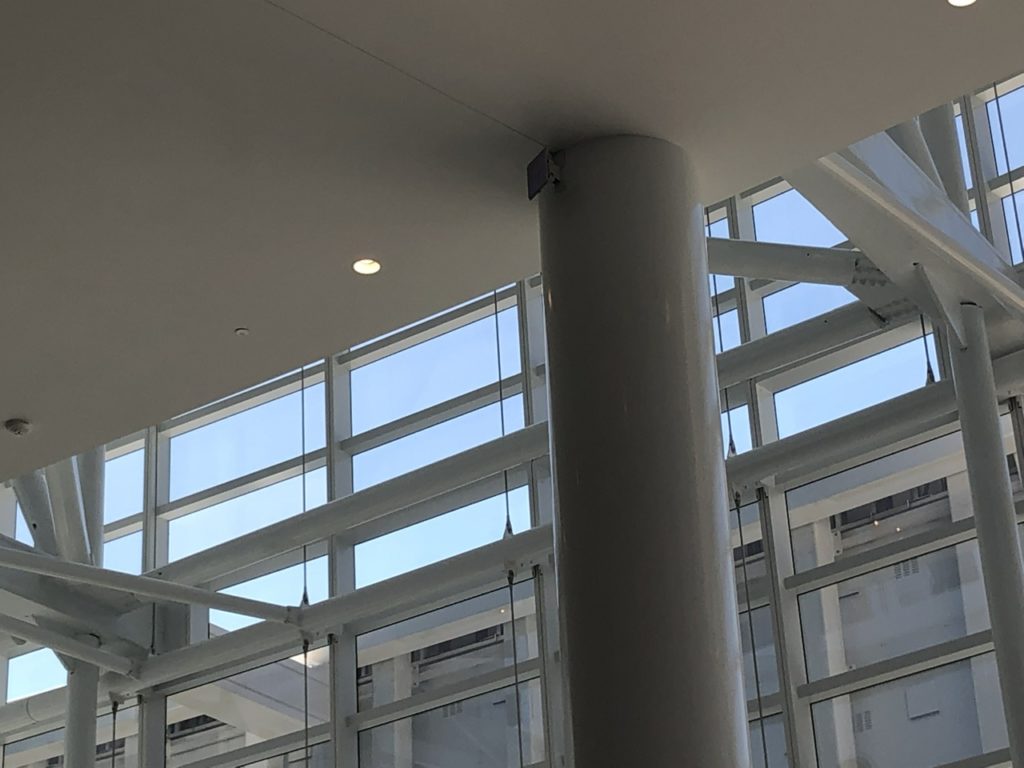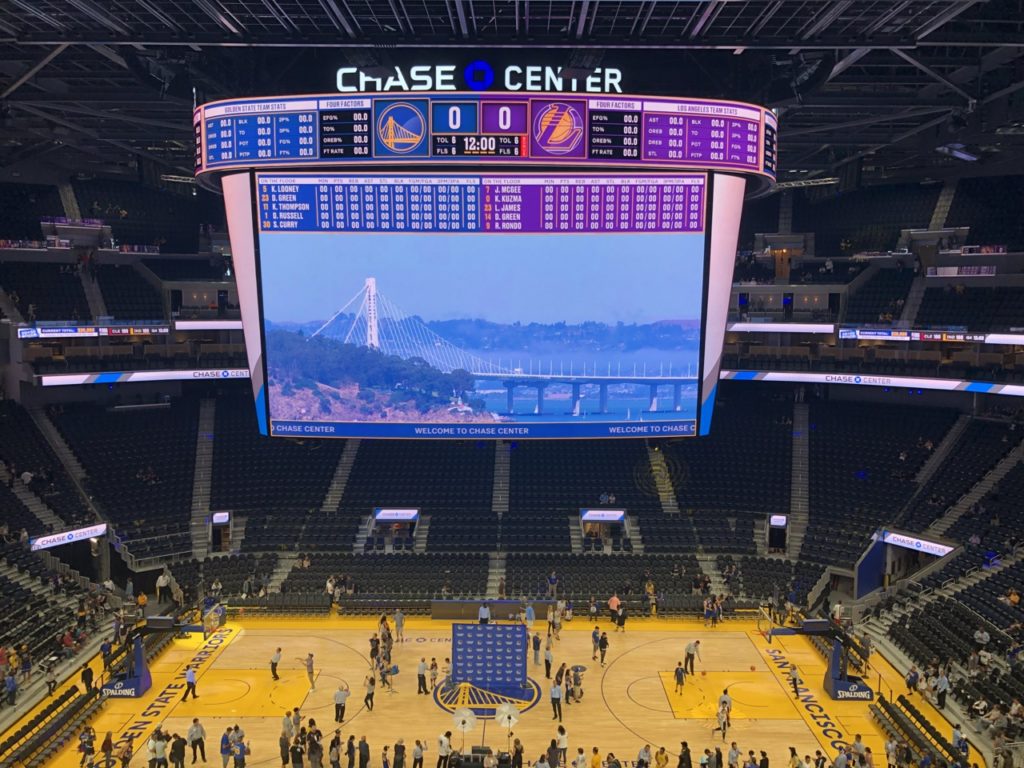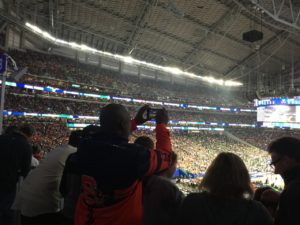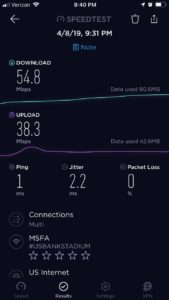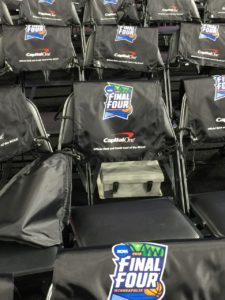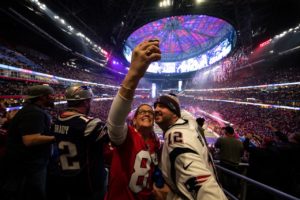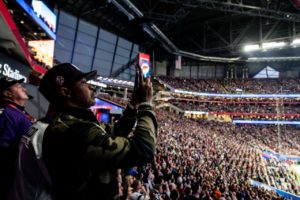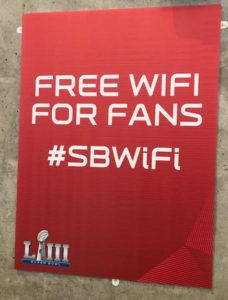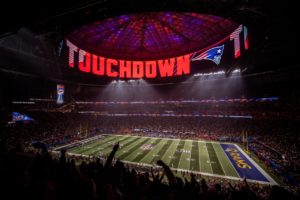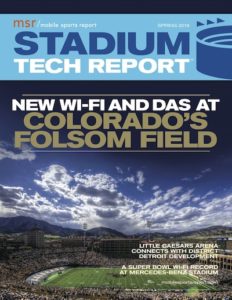Welcome back to the Stadium Tech Report podcast! We are extremely happy to kick off the new series of recorded chats by welcoming Chuck Lukaszewski to talk about the new Wi-Fi 6 standard and how it’s going to help networks inside large public venues like sports stadiums. If you don’t know Chuck, he is Vice President of Wireless Strategy & Standards at Aruba, a Hewlett Packard Enterprise company, and has been working with Wi-Fi for a long, long time.
Chuck has also been a fantastic contributor to MSR’s ongoing attempt to educate our readers — his essay on LTE over unlicensed spectrum is always worth a read — and this conversation continues on the learning path. We open up with some general descriptions of what Wi-Fi 6 is, and then dive down into what its new features mean for venues specifically. About halfway through, you can even hear Chuck give me a lesson on the misconceptions I had about security comparisons between Wi-Fi and LTE networks — click above and start listening!
 Chuck Lukaszewski is Vice President of Wireless Strategy & Standards at Aruba Networks, a Hewlett Packard Enterprise company. For over a decade he has engineered and deployed large-scale 802.11 networks, joining Aruba in 2007.
Chuck Lukaszewski is Vice President of Wireless Strategy & Standards at Aruba Networks, a Hewlett Packard Enterprise company. For over a decade he has engineered and deployed large-scale 802.11 networks, joining Aruba in 2007.
Chuck has built Wi-Fi systems in stadiums, seaports, rail yards, manufacturing plants and other complex RF environments, including serving as chief engineer for many stadiums ranging from 20,000 to 100,000 seats that provide live video and other online amenities. He is the author of six books and design guides including Very High Density 802.11ac Networks and Outdoor MIMO Wireless Networks.
